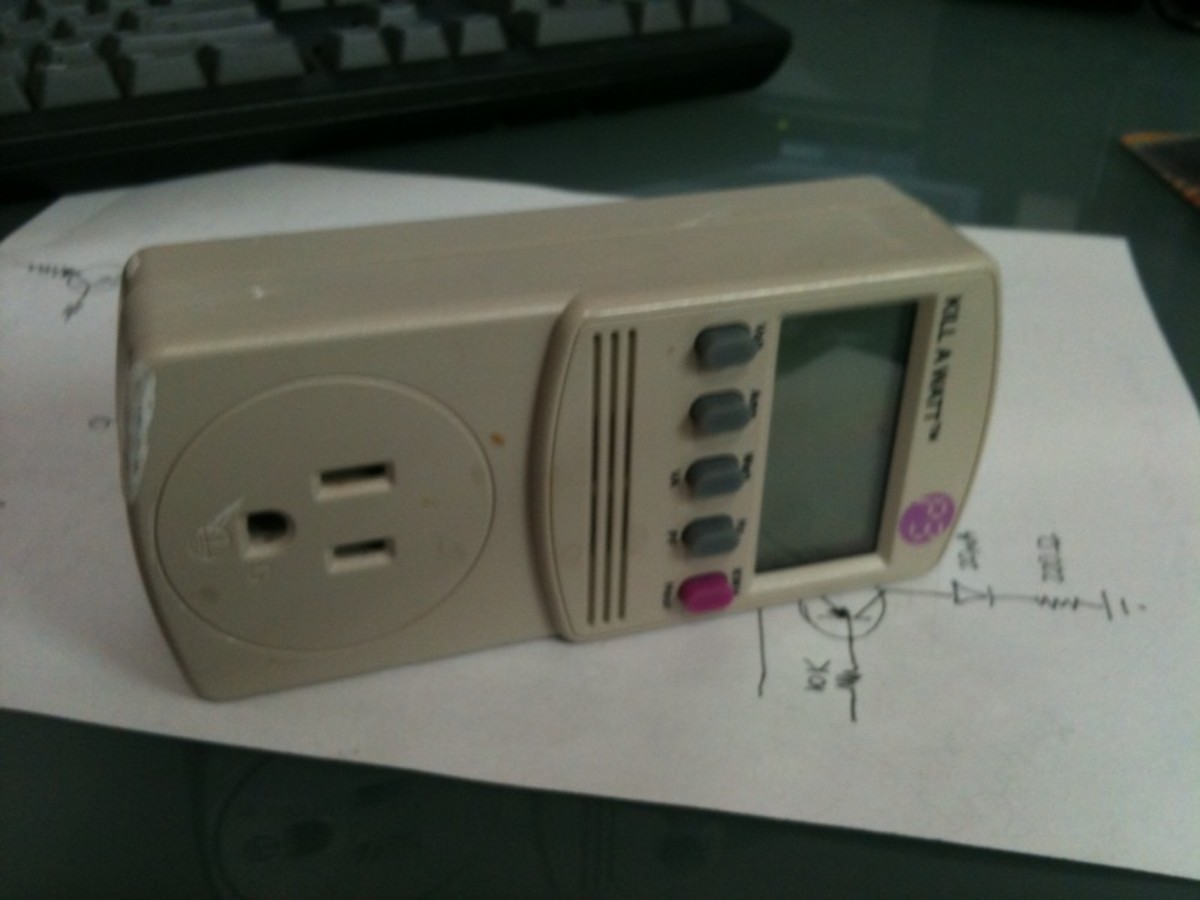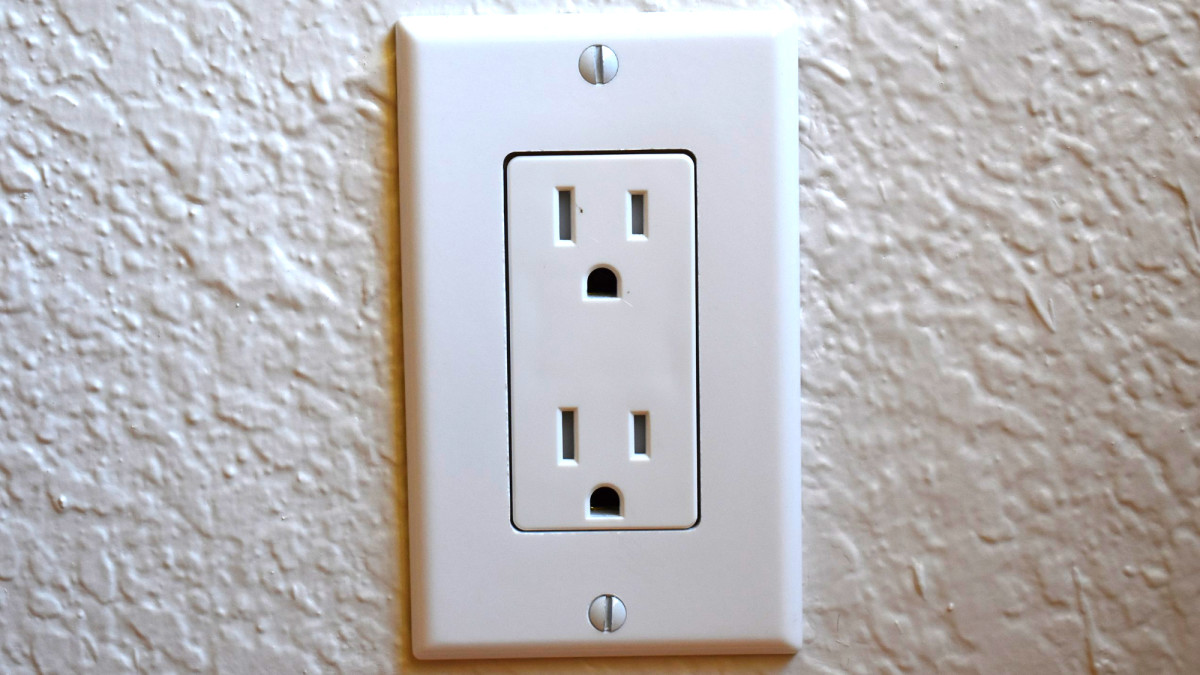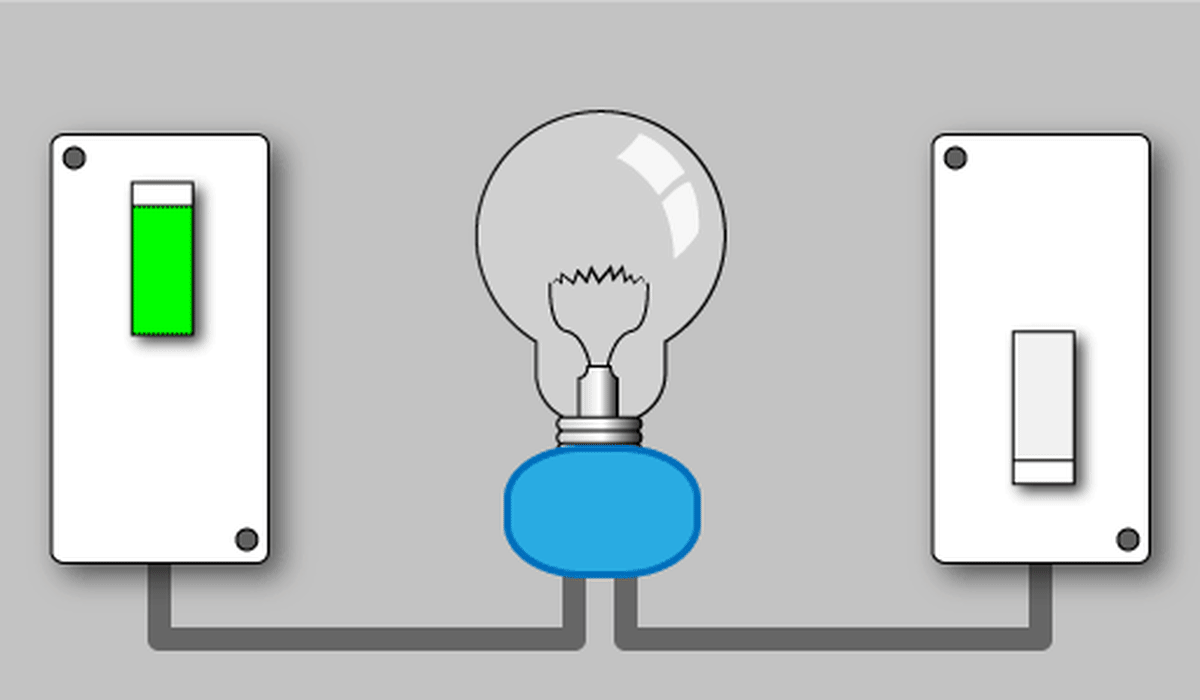Electric shock

Electric shock
Session 8
Contents
8.0 Electric shock
8.1 Time/current zones on the human body
8.2 Human body resistance
8.3 Direct and indirect contact
Aim
The aim of this session is to teach you about Electric Shock.
Specific objectives
At the end of this session you will be able to
1. explain what is meant by electric shock
2. explain briefly what is meant by ventricular fibrillation
3. state whether it is current or voltage which basically affects the human being
4. sketch the time/current zones on the human body, and explain the shock severity of each zone.
5. describe the factors on which the human body resistance depends and give a typical value for the body resistance.
6. explain using a suitable diagram the difference between direct contact and indirect contact.
8.0 Electric shock
You will recall that we defined electric shock as a dangerous pathophysiological effect resulting from the passing of an electric current through a human body or animal.
A pathophysiological effect is one that effects the process of living. Like other physical irritants (such as heat, sound and flash of light, electric current or to be more exact electric energy absorbed by the body tissues), produce not only a local effect (like damage to the tissues), but also a reflexogenic effect (an instantaneous and involuntary response). Electric current acts directly on muscles, especially on the cardiac muscle. When a sufficiently large current passes through the human body or more precisely when the heart muscle absorbs mainly high energy, ventricular fibrillation occurs.
Question
What is really meant by ventricular fibrillation?
Discussion
I am almost sure you would not have been able to answer that question. You don't have to worry. None of the others would have answered the question either. I would be happy if you had just tried to give it a thought. What we mean by ventricular fibrillation is a condition whereby the heart ceases to periodically contract/expand, but random twitching of the numerous muscular fibrils occur.
Normal contractions of the heart causes the blood circulation. Thus from the point of view of the blood circulation, a fibrillating heart means a cessation of the normal heart activity and instantaneous death.
We have seen that it is the electrical energy absorbed by the body tisues that causes the electric shock. Now this energy is not an easy quantity for us to measure. How then do we know whether we could get a shock from an electrical installation or not? It would be better if we could express it in terms of either the voltage appearing across the body or the current through the body together with time. Obviously, all these are interrelated to some extent as energy is a product of voltage, current and time. Also the voltage is related to the current by the resistance of the human body to electric current.
Question
Is there any safe voltage or current?
Discussion
You may have said that a power frequency voltage of 50V or less is safe or that a power frequency body current of 30mA or less is safe. You may even have said that a body current of less than l0mA or even 0.5mA is the safe current, or you may not have been able to guess at all.
Now I would not say that any of the above answers are completely right or completely wrong. In the past it was thought that what produced an electric shock was voltage and that voltages less than 50V is inherently safe. Studies on the effects of electricity have shown that this is not really true and that it is the body current and the duration of flow that determines the extent of electric shock. Under normal and dry conditions a voltage of 50V or less would only cause a tingling feeling on most people. However there are recorded instances of people who have died at voltages much below 50V.
You may have said 30mA (or 25mA) as the residual current circuit breakers used in normal domestic situations have this as the operating current. There rccbs would provide adequate safety under normal dry conditions, because they operate within a tenth of a second when this unbalance current is exceeded. However if body currents of 30mA are allowed to flow through for an indefinite period of time, respiratory trouble could eventually occur.
You would perhaps have had a friend who had got a shock and who could not release the live part on his own. This is one of the things that occur when the current through the body exceeds a certain value. We call the minimum value at which this occurs as the threshold of let go. For an average person, this value is about l0mA. Up to about this value a person can withstand the current for an indefinite period without any permanent effect. A current of 0.5mA is thought to be the value below which there is hardly any sensation and thus is completely harmless.
Even currents above 30mA could be safe provided the duration of the current is sufficiently small. Thus it is necessary to have a time/current characteristic showing the various degrees of shock.
8.1 Time/current zones on the human body
The degree of danger of electric shock depends on the value of current and the time for which the current flows. So a low current (above the threshold of let go) can be just as dangerous as a high current for a relatively short period. The International document IEC 479 describes the time/current zones of effects of 50Hz current on the human body. Figure 5.1 shows the characteristic curves, which are divided into 4 zones of shock severity.
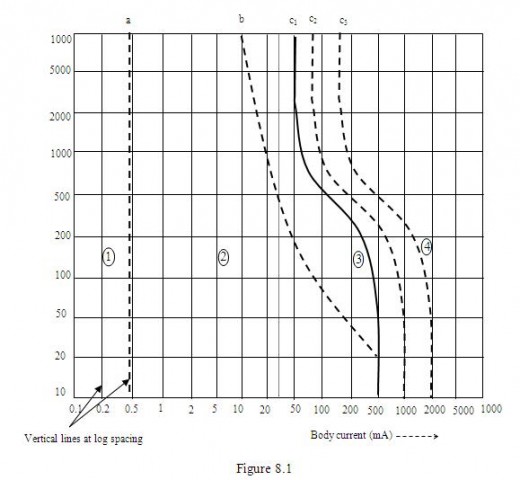
If we observe the diagram we see that zone 1 has an upper limit of 0.5mA (corresponding to the broken line 'a'). In this zone there is either no sensation at all or negligible feeling. It is the threshold of perception. Zone 2 does not have a fixed upper limit but one that is dependent on the duration of flow (corresponding to broken line 'b'). We also see that currents less than about l0mA is always within zone 2. In this zone there is a prickling sensation and possibly painful effects on muscles of fingers and arms. That is there is a perceptibility of current but there is no harmful effect. (As was mentioned earlier, l0mA is also the threshold of let go).
Zone 3 is boarderd by broken line 'b' and line 'c1'. In this zone, respiratory trouble could occur. That is there are muscular contractions (i.e. cramp like pulling together of arms) and difficulty in breathing. Usually there is no danger of ventricular fibrillation (0.5% probability). This is generally the limit of tolerance. The zone beyond line 'c' is zone 4. As we move outwards, the probability of ventricular fibrillation increases and eventually heart arrest. Thus the diagram shows zone 4 subdivided. In the first of these sub-zones the probability of ventricular fibrillation increases to about 5%, in the next sub-zore to about 50% and in the last sub-zone beyond 50%.
8.2 Human body resistance
I mentioned to you earlier that voltages less than about 50V are generally regarded as safe (that is not falling onto zones 3 or 4). Now how does this compare with what we just learnt about the time/current characteristic for the human body? In order to find this relation, we need to know the relation between voltage and current, that is the body resistance.
Question
Do you have any idea of what sort of value the human body resistance has? and whether it is a constant?
Discussion
I will give you the answer very briefly first, and then go on to expand on it, later.
For an ordinary person, dressed and wearing shoes, and in a normal environment, the body resistance from hand to foot varies from about 1k to 2 k so that an average value of about 1.5 k may be taken.
Thus a voltage of 50 V would correspond to 50/1.5 or 33mA, which is typically the value (30mA) that we considered earlier.
However for a person sitting in a bath, it is generally agreed that the minimum resistance is around 500 to 600W. Under these conditions, 50V would correspond to a current of about 100mA, which is not safe.
We will now look into the question of body resistance in more depth.
There are two major components of body resistance. The first is the skin resistance and the second is that of the internal organs.
The electrical resistance of the skin varies from one part of the body to the other, and also depends on conditions such as temperature, humidity, time of day and year, and so on. The least resistance, generally, is on the forehead, hands, soles and armpits. The order of resistivity for the skin is 200 W.
The resistance of nerves and blood is much lower than the skin resistance. It is about 2 m for the blood and 0.02 W for the nerve trunk.
In practice, we do not calculate the body resistances from the above but take a typical value, such as 1k, as a standard value.
The body resistance is also not a constant, but is highly non-linear. This nonlinearity is also to our disadvantage, as the resistance decreases with increase in voltage. For example, the human body resistance (under dry conditions) is in the region of 20 k at less than 10 V, 4 k at 50V, 1.5 k at 100V, 1 k at 200V and 0.5 k at 500V.
There is also a fair variation depending on the path of current. One Research by the name of P. Osypka has shown that, under the same conditions, the resistance of the hand-body-hand current path is about 1.36 k, of the hand-body-legs path is about 0.97 k, and of the both hands-body-legs path is about 0.67 k
Question
By using the time/current diagram of figure 5.1, state the zones to which the following currents fall.
(a) a current of 100mA for l00ms
(b) a current of 100mA for 400
(c) a current of 100mA for 2 s
(d) a current of 30mA for 2 s
(e) a current of 10mA for2 s
Answer
(a) zone 2
(b) zone 3
(c) zone 4
(d) zone 3
(e) zone 2
This exercise was given for you to realise that the degree of shock depends not only on the current but also on the duration.
8.3 Direct and indirect contact
In an earlier lesson, we defined both direct contact & indirect contact.
Question
What do we see common to both direct contact and indirect contact? and what do we see different?
Discussion
Examination of the definitions shows as that both relate to the contact of persons or livestock with certain parts which may result in an electric shock. However we see that direct contact relates to live parts whereas indirect contact relates to exposed parts, which are conductive but normally not live (such as a frame of an equipment), which are made live by a fault.
The illustrations shown in figure 5.2(a) and (b) shows you by example, direct contact and indirect contact.
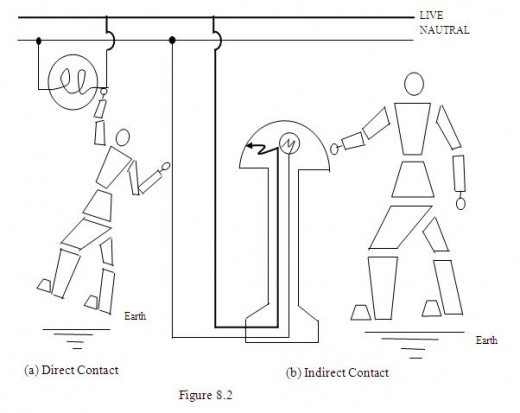
Question
Look at figure 5.1 again. You will notice that unlike curves 'a' and 'b', curves 'c1', 'c2' and 'c3' exhibit a sudden change in shape mid section. You will notice that these curves are almost vertical either above about 1000 ms or below about 200 ms. Can you think of any possible reason for an abrupt change from about 50mA to 500mA in this region?
Discussion
It is basically due to the behaviour of the heart. The normal heart beats at about 72 times per minute or 1.2 times per second and, after exercise may be even double this. Thus under normal conditions the heart period is about 833 ms and going down even to 417 ms after exercise. There are also other reasons for changes in the heart beat and the heart period. The chances of ventricular fibrillation also increases dramatically when the shock duration exceeds one heart period. You can see that the region of abrupt change about 200 ms to 1000 ms) is enclosing the above range and slightly on either side.






